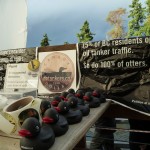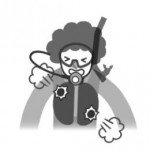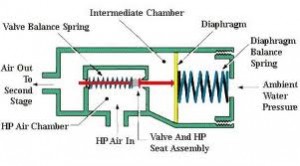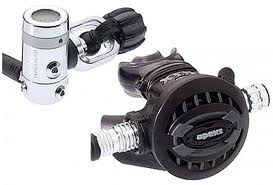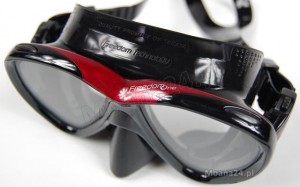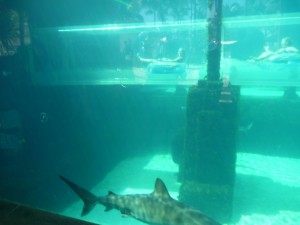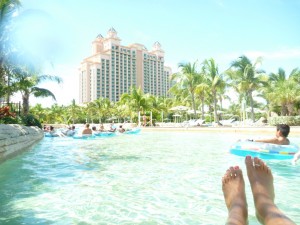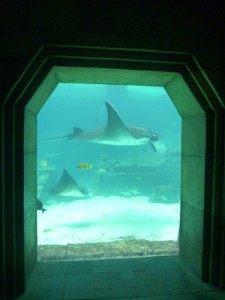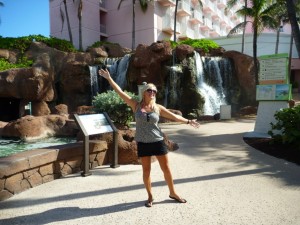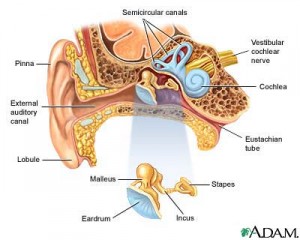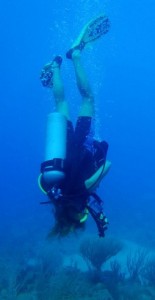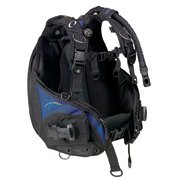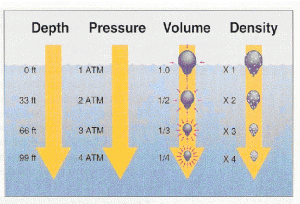In the tourism industry I have the awesome opportunity to meet and chat with people all the time. A lot of these talks are the inspiration for my blogs and one topic that has been pretty interesting to me is the way romantic relationships play a role in scuba diving. Sadly, I’ve heard many people take a long hiatus from diving due to a break-up, but in my opinion, I think scuba diving is the exact remedy a person’s heart needs in order to plow through a traumatic, dramatic, bummer of a break-up. Here are the 10 reasons why…
- Exciting, Invigorating, Thrilling – Being in love is the best feeling in the world! Your heart pounds as the object of your affection approaches, your stomach flutters with nerves as you make the call to ask him/her out, and even post visit/talk with your love you feel as high as a kite, which can last for days. You know what else gives you these same feelings? Scuba diving. You may feel some nervous excitement pre-dive, your heart will pound full of life as you descend unknowing at what you will find, and your body will have the most natural high when all is done and you are out of the water packing gear away lasting until the next dive.
- Something To Do – Post break-up you may find yourself twiddling your thumbs (or hiding under the covers more like it) as all those lovey-dovey hours you used to spend with your girlfriend/boyfriend have suddenly come to a stop. And what happens when you are by yourself with nothing to do? You think about and make all kinds of illogical rationalizations about your ex. Stop that! Set a time and date to do a dive with someone or register yourself for a charter. Sign up for something where someone’s dive depends on you to show up (i.e. they won’t have a buddy if you don’t come) and put an end to boring days with nothing to do!
- Diving is Zen – The stress and anxiety of a break-up can render you uptight and tense. By getting underwater and breathing deeply like your scuba instructors around the world have told you to do, you will feel peace. You’re probably all talked out after making an effort to make things work with your one love, so the best place to go is where there is no need to talk anymore…actually, you don’t even have to listen! Just simply enjoy the feeling of being weightless and a part of another (better!) world and the imaginary chains hanging around your neck in the real world will disappear for those 45 or so minutes.
- New Social Scene – Is your ex-hunny at the dive shop you used to go to or involved with the dive club in town? Showing up solo to a dive event is totally the way to go. What other social scene refuses to hang lonesome ones up to dry, so to speak? You’ll be assigned a buddy or grouped together with some potential new friends for life. Scuba diving draws a variety of interesting characters together and usually divers are looking for someone to go out and get wet with. And if the dry land conversation ends up kind of…dry, just get underwater! In the wet world we all speak the same language, now don’t we?
- No Booze – Some people wallow their sorrows in alcohol consumption, which may cause them to forget the pain for a little while. However, drinking post break-up undoubtedly leads to drunken phone calls and all sorts of other disastrous behaviour. But, you’re in luck! You can’t drink and dive and late nights prior to scuba diving don’t tend to work well with morning dives. Stay sober, stay in and watch a chick flick (dudes and ladies alike), feel good and get up early the next day and DIVE!
- Exercise – It’s a well known fact that getting your heart rate up isn’t only good for determining your long life, it releases the same endorphins we feel when we are in love. Underwater, scuba diving should be very relaxing with very minimal movement (which is why the sport is accessible to individuals of all fitness levels). But on the surface, it’s like Cross-Fit training for Scuba Divers! Things like carrying tanks and weights, walking to the dive site, getting in and out of the water and surface swimming and finning will get your heart pumping that vivacious red stuff through your veins releasing those yummy, exhilarating, well-being-inducing thing-a-ma-jiggers called endorphins. Scuba diving is great exercise!
- Give ‘em a Break – The time you spend diving usually can take anywhere from half a day to a full day. That gives your friends and family who have been listening to you lament with, what seems, no end in sight, a well-deserved break from you! Let them refresh and rejuvenate themselves so they can continue being the amazing support and true friends they are. They need to stay positive and encouraging while you are in the dumps, but they are only human. Give ‘em a break and go diving today.
- Give Something Back – No, not the engagement ring. I’m talking about volunteer work. During your melancholic state, your normal level of self-awareness probably disappeared and allowed for a complete an utter immersion in self-absorption. While your break-up experience is undeniably a trying time in your life, it’s important to note that there are bigger and more important things going on in the world! For example, is anyone taking a knife to your fin right now and then throwing you back in the ocean to die like the innocent sharks suffering from shark finning? I didn’t think so. Scuba divers are the natural ambassadors to the sea and the majority of them realize the importance of the ocean and the need to protect it for our sustainable future. Most dive shops have events that include underwater debris collection, reef and marine life observation and record-keeping, educational programs in local schools just to name a few. Get involved with any of the amazing scuba diving related initiatives around the world and soon all that “woe is ME” stuff will be dust in the wind.
- Adventure – What’s more depressing than waking up, thinking about the ex, going to work, thinking about the ex, coming home, crying about the ex, making dinner, thinking about the ex, going to bed and doing it all again tomorrow? Nothing! That’s terrible! While I’m a big believer in appreciating the now moments in life, the anticipation I feel about exciting plans for the future is something to live for. Book a scuba diving trip in the near future. Do it by yourself or with some diver friends (not your ex) and do anything from taking a road trip to a local dive site you haven’t been to yet, or enjoy a scuba dive liveaboard that takes you offshore to experience true ‘wilderness’ diving or maybe sip an ice cold beer post-dive on a lovely island beach in some exotic locale. They are all do-able and they all allow you to focus on the awesomeness of the future. The world is my (oops, I mean your) oyster as a friend told me the other day!
- Memories – Maybe the thought of diving is too much for you to bear because it was what you and your partner did together. You learned together, you were amazing dive buddies, and now you can’t imagine ever doing a dive with anyone else. Well, I say, don’t close the door on making new and improved memories! Scuba diving offers way too much for you to decide to close the door on it forever. Take your time if you have to and come back when you’re ready, but don’t limit yourself on how much scuba diving can enrich your life and the incredible paths it just might take you down. Isn’t it time to just blow off some steam…er…bubbles, after all? Let’s dive!

